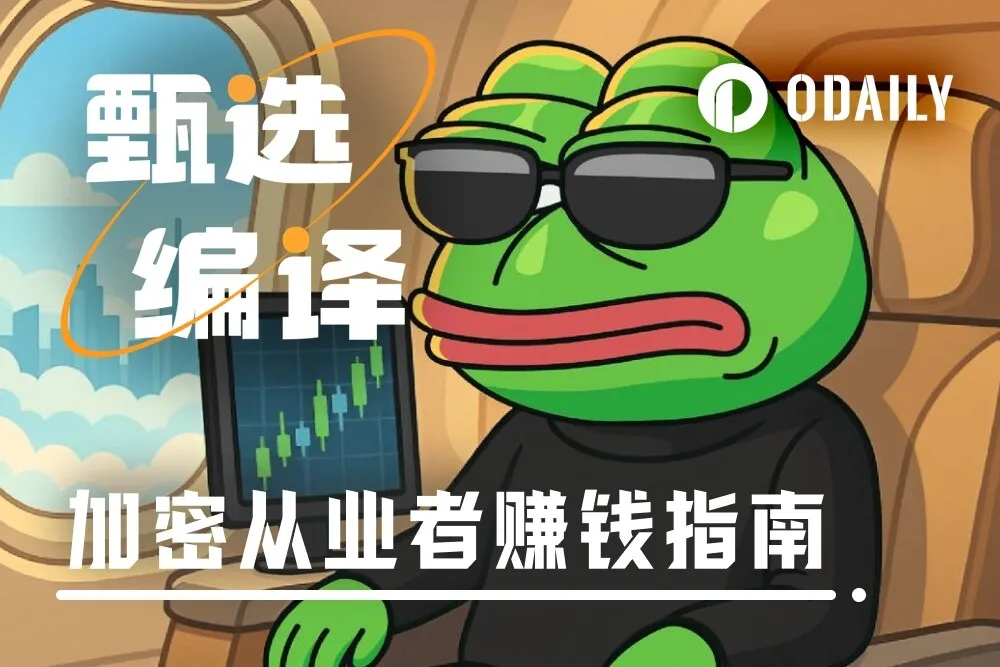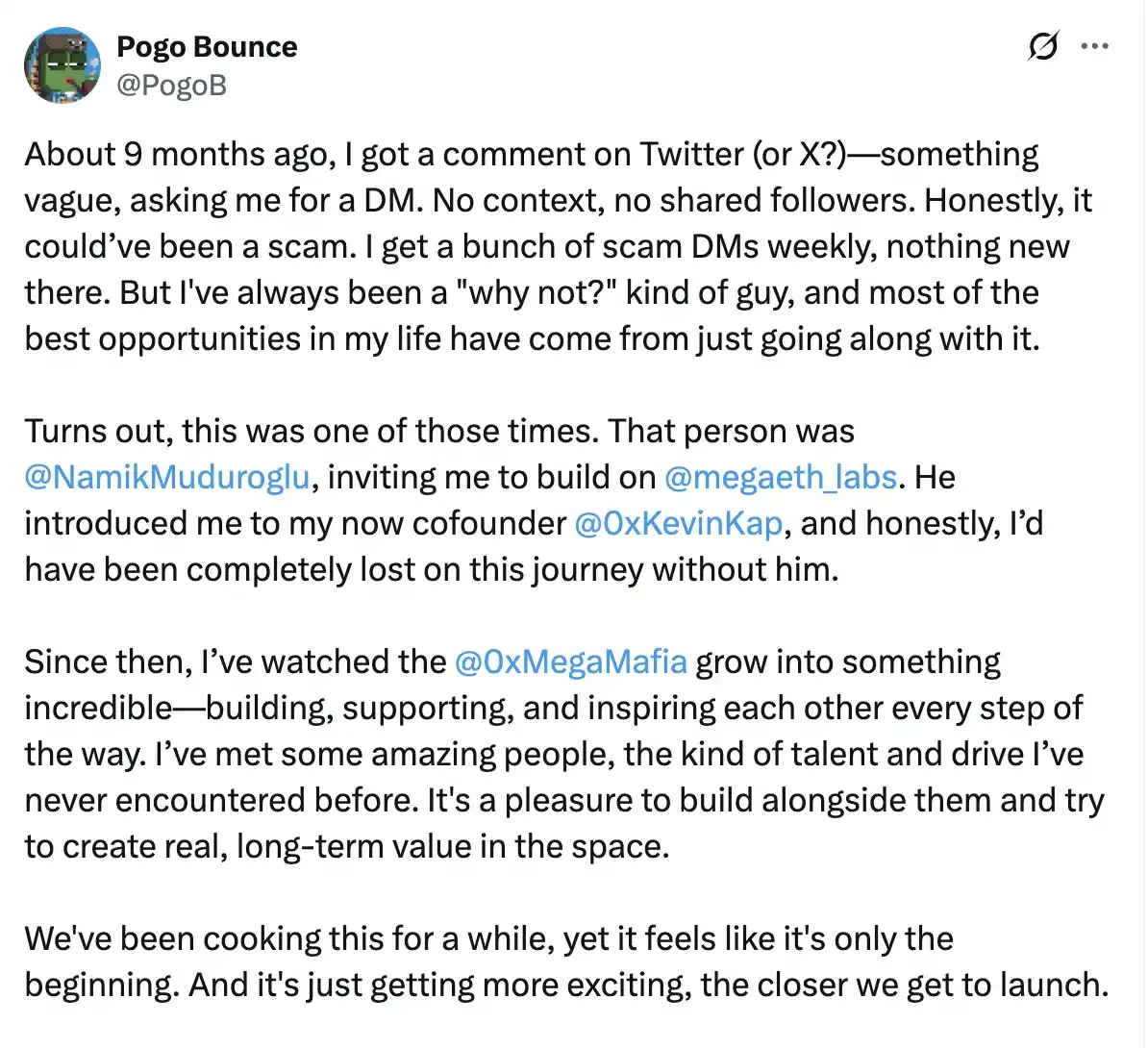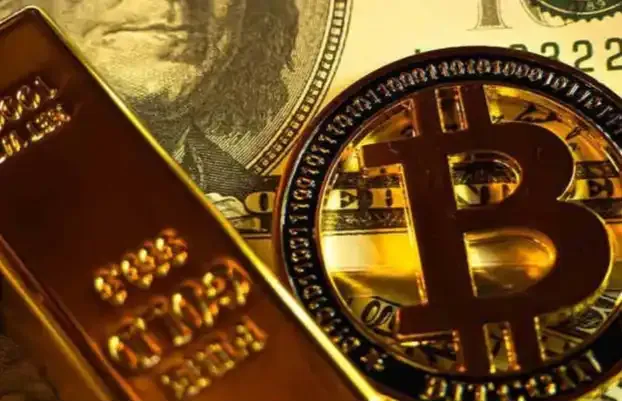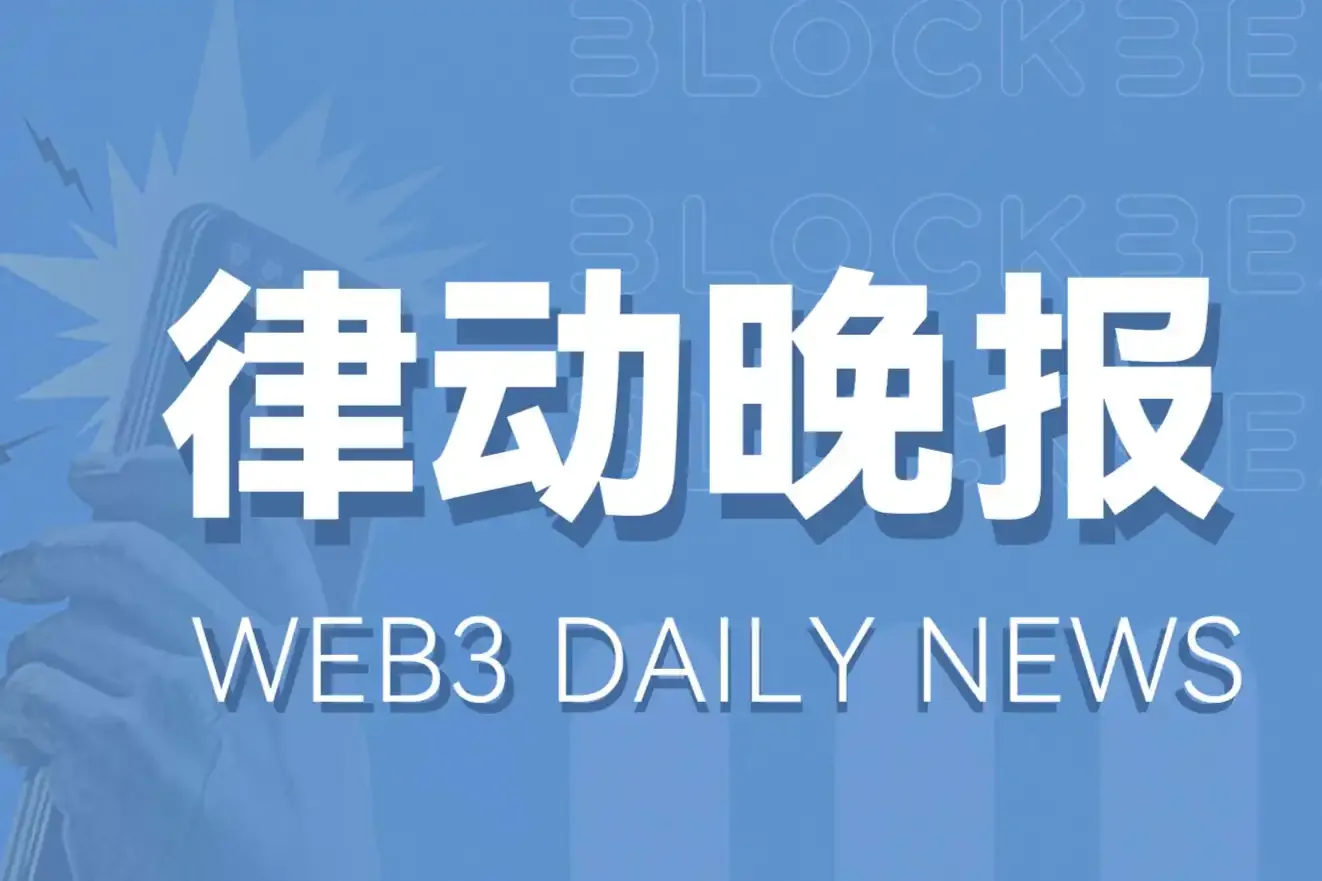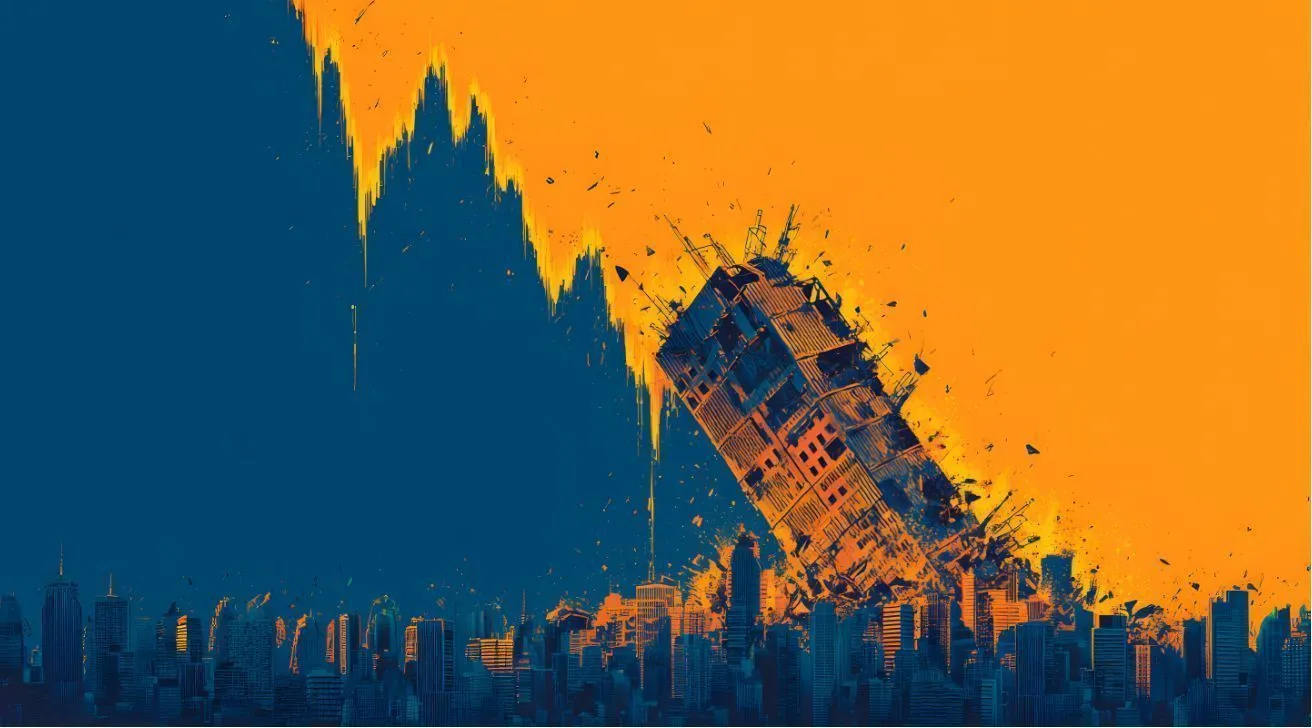On the evening of October 21, 2025, at 19:30 (UTC+8), "Trading Star Tuesday" X Space, hosted by @News_Techub and co-hosted by Chinese Crypto Web3 professional Qie Ge (@qqzsss), was broadcast as scheduled. This episode focused on the core topic of "Signals of the End of the Bull Market and Cycle Evolution," attracting many cryptocurrency trading enthusiasts. Secondary real-time trader K-line Master and BitMart Exchange Chinese spokesperson Xiao Fei Faye, combined technical charts, on-chain data, and macro perspectives to dissect market turning signals and share practical strategies in a high-volatility environment, providing investors with multi-dimensional decision-making references.
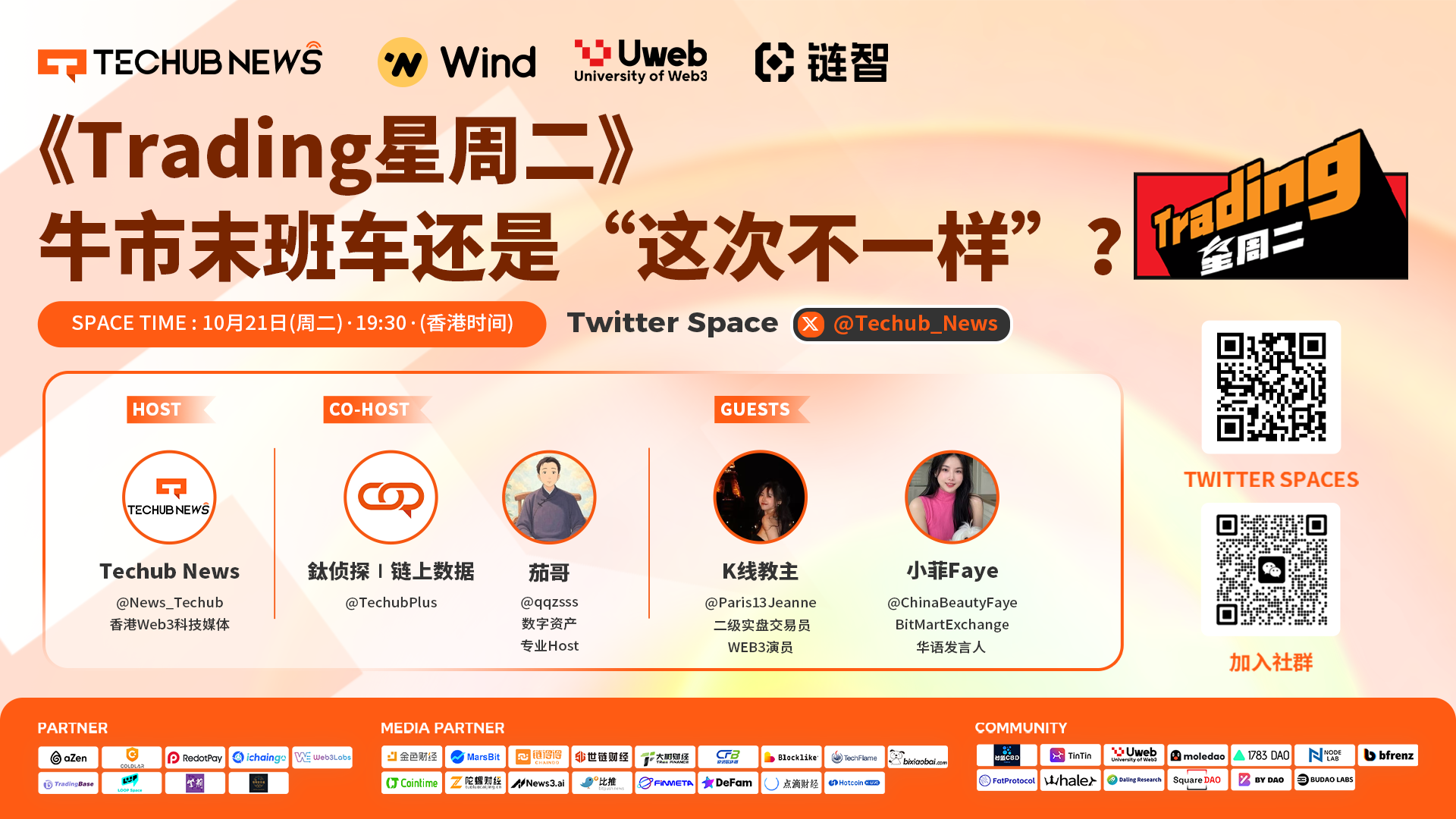
Market Positioning: A Battleground of Long and Short at the End of the Bull Market
K-line Master approached from a technical perspective, clearly pointing out that the upward trend of Bitcoin, which started at $16,000, has entered a stage of exhaustion. The two top divergences shown in the weekly chart and the key resistance level of $126,000 confirm the potential top signals previously predicted with Qie Ge. He emphasized that the current market is in a transitional period between bull and bear, and has not yet formed a clear bear market structure, but the weakening upward momentum aligns with the characteristics of the end of the "three buying points" trend and five-wave structure, stating that the claim of an impending main upward wave lacks basis.
Xiao Fei Faye supplemented from a macro perspective, noting that the influence of Bitcoin's four-year halving cycle is gradually weakening, with only about 1 million unmined coins remaining as scarcity providing long-term support alongside traditional financial entry—BlackRock managing billions of dollars in crypto assets and the relaxation of allocation restrictions in the U.S. 401K plans, with a significant expectation of $12 trillion in pension funds entering the market. However, the $3 trillion total market cap of the crypto market still appears "niche," and institutional participation makes K-line movements more Wall Street-like, with the end of the bull market likely to see liquidity drying up leading to a dual explosion of long and short positions.
Qie Ge raised a warning based on market capital flow: Gold has surged due to a global fiat currency trust crisis, absorbing a large amount of capital, which has put pressure on liquidity in the crypto market. The shrinking spot trading volume in the Asian market and the long lower shadow line visually reflect investors' hesitation. He questioned the validity of the four-year cycle theory, reminding that the short time frame for ETF market entry has led to frequent failures of indicators, and caution is needed against the "last wave of harvesting" led by institutions.
Strategic Response: Survival Rules in a High-Volatility Environment
In response to the core question of "how to operate under the intensifying institutional manipulation and ineffective technical indicators," the three guests provided differentiated strategies.
Xiao Fei Faye advocated for "extending the cycle + sticking to the system," suggesting that ordinary traders focus on the big trend rather than short-term fluctuations, primarily engaging in spot trading to avoid high leverage risks—an unfortunate lesson learned from the October 11 incident where a 1.5x leveraged large trader was liquidated. She shared her personal experience: making decisions based on macro news and long-term K-line patterns, reducing reliance on short-term indicators, and maintaining operational consistency through a fixed trading system.
K-line Master adopted a "hedging + cross-cycle layout" strategy, constructing a hedging portfolio with Ethereum and ecosystem coins on the BN Smart Money platform, while also engaging in intraday short-term trading with small positions. For long positions, he plans to reduce long positions at new highs or secondary selling points and lay out short positions, with a target extending through next year's bear market. "Floating profits do not count as real profits; holding cash at the bottom of a bear market is key," he emphasized, drawing from his short-selling profit experience from last December to this June.
Qie Ge suggested focusing on the steady growth of the capital curve from a medium-frequency trading perspective, opposing participation in speculative assets like meme coins. He believes that the Bitcoin pullback to $70,000 at the end of June was the last opportunity to increase positions, and currently, it is advisable to adopt quantitative or swing strategies, while those lacking reliable indicators should choose to wait and avoid emotional chasing.
Hotspot Focus: End Opportunities and Risks of Meme Coins
Regarding the market phenomenon of meme coins transmitting from primary to secondary, the guests engaged in a heated discussion. K-line Master believes that the promotion by Binance's senior management (such as the promotion of "Xianxian Coin" and Zhao Changpeng's announcement of an AMA) has broken the negative perception of meme coins among secondary users. The case of Elon Musk retweeting related tokens and delaying a 100-fold increase highlights the synergy of celebrity effects and platform traffic. This transmission forms a broader base for taking over, suggesting that there is still a second phase space at the end of the bull market, but a "follow KOL hotspots + double out of the cost" quick in-and-out model is necessary.
Xiao Fei Faye views meme coins as a barometer of market sentiment, acknowledging their role in maintaining activity during Bitcoin's consolidation period, but emphasizes that such assets are akin to "speculative games," representing a typical performance of "dead cat bounce" at the end of the bull market, and should not be held long-term. Qie Ge pointed out the core logic: although meme coins have shifted to fair launches, they still need to be approached with a "whale mentality," monitoring market capitalization, liquidity, and concentration of holdings, as ordinary traders without professional knowledge are likely to fall into traps.
Market Imagination: The Ideal K-line Script in the Guests' Minds
In a relaxed interactive segment, the guests transformed into "market directors" sketching their ideal trends. Xiao Fei Faye hopes for a smooth slow bull K-line, wishing for the market to escape the violent fluctuations of single-day surges and drops, evolving towards a stable upward trend like the U.S. stock market. She believes that continuous institutional capital entry requires stable expectations, and a smooth trend can attract new funds while providing an orderly exit channel for old funds.
K-line Master's script aligns more closely with cyclical patterns: envisioning a "dead cat bounce" market completed by the end of November, pushing prices up to attract retail investors, aiding VCs and project parties in unlocking exits. He advises investors to pay attention to the "maximum pain point" indicator in the options market; if Twitter KOLs collectively shout "Bitcoin to $150,000-$200,000," it serves as a signal to exit, planning to comprehensively adjust positions starting in December to respond to the end of the bull market.
This in-depth dialogue reveals that the current crypto market is at a critical turning point in the cycle, with high volatility at the end of the bull market hiding both opportunities and risks. For ordinary investors, establishing systematic strategies, controlling leverage risks, and avoiding blind speculation are essential to navigate the changing market steadily.
免责声明:本文章仅代表作者个人观点,不代表本平台的立场和观点。本文章仅供信息分享,不构成对任何人的任何投资建议。用户与作者之间的任何争议,与本平台无关。如网页中刊载的文章或图片涉及侵权,请提供相关的权利证明和身份证明发送邮件到support@aicoin.com,本平台相关工作人员将会进行核查。
